Effective Virtual Team-Building Activities: Connect From Anywhere
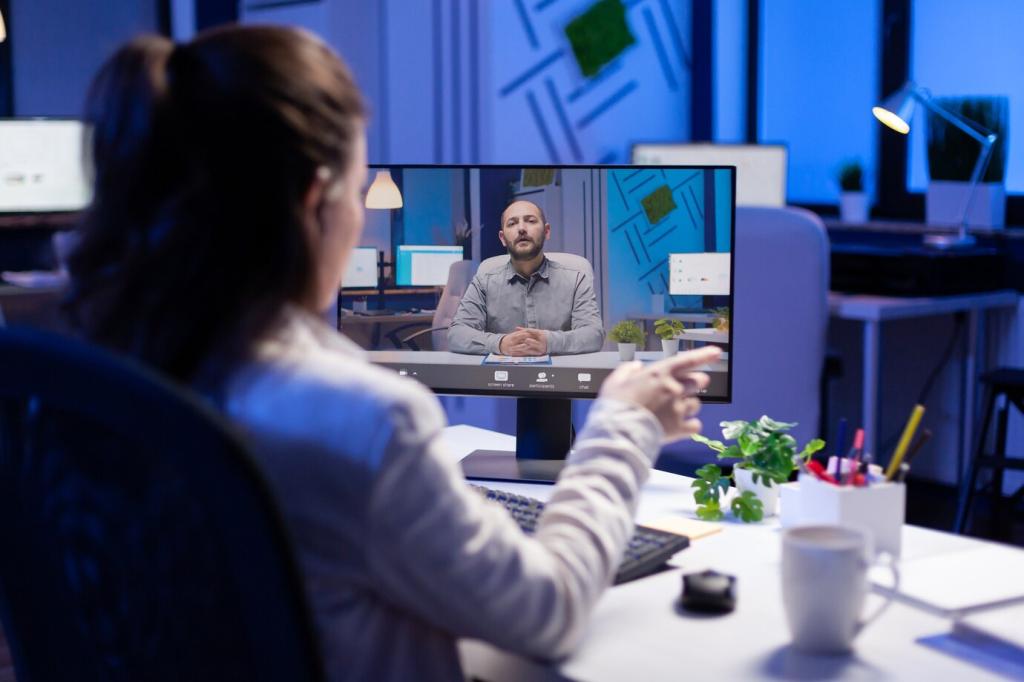
Open with a thirty-second prompt like “What made you smile today?” or “Show a nearby object.” It’s quick, inclusive, and builds low-pressure familiarity across locations without forcing personal oversharing or extended calendar time.

Instead of verbal truths, invite teammates to sketch two truths and one lie on a shared whiteboard. Laughter emerges from doodles, not performances, and introverts can contribute creatively without camera pressure or spotlight anxiety.
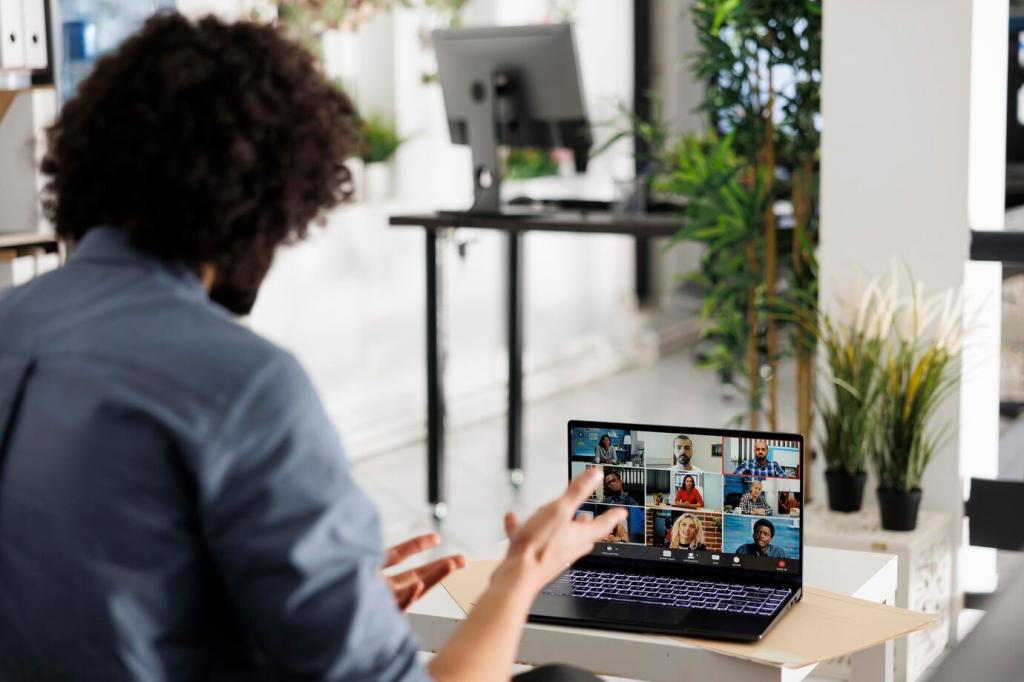
Have everyone share one tiny win from the week. Momentum compounds when progress is celebrated publicly. This micro-ritual normalizes appreciation, reduces siloed efforts, and starts meetings with positive energy and collective recognition.
Collaborative Games for Problem-Solving
Virtual Escape Rooms With Purposeful Debriefs
Use an online escape room, then host a structured debrief: What clues were missed, who led when, how did communication evolve? The debrief turns fun into outcomes by translating behaviors into team agreements.
Puzzle Relays in Shared Docs
Break a large puzzle into sequential tasks across breakout rooms using a shared document. Each group solves a piece and passes it on. The relay format encourages clarity, handoffs, and concise documentation everyone can follow.
Scenario Clinics for Real Challenges
Invite a volunteer to present a real, sticky challenge. Teams brainstorm solutions in parallel, then converge to vote and refine. It’s practical, energizing, and proves that team-building can directly accelerate everyday work.
Asynchronous Activities for Distributed Teams
Start a weekly prompt like “A window with a story” or “Your favorite work mug.” People post when convenient, building ongoing connection without scheduling friction while revealing personality through simple, delightful visual moments.
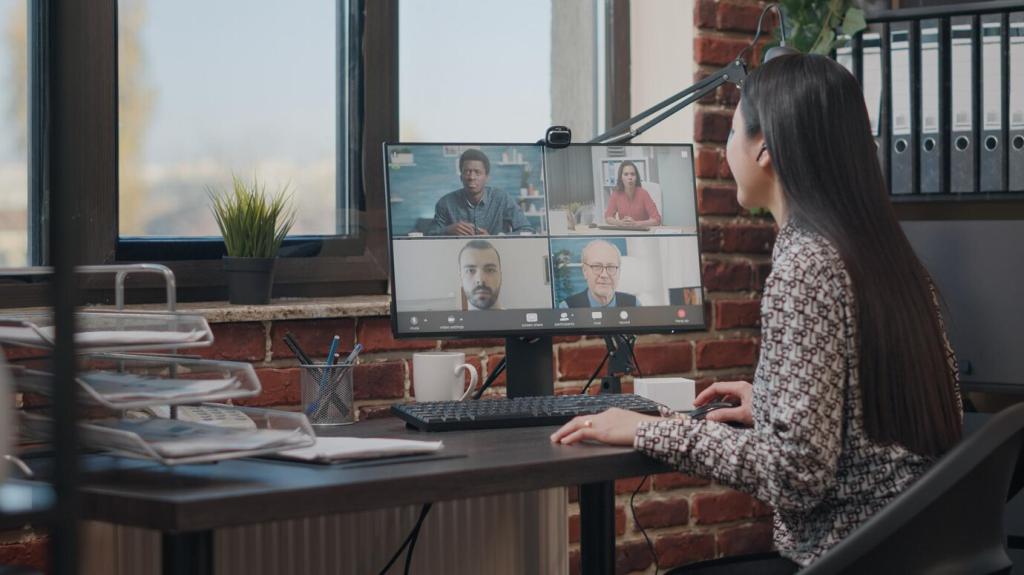
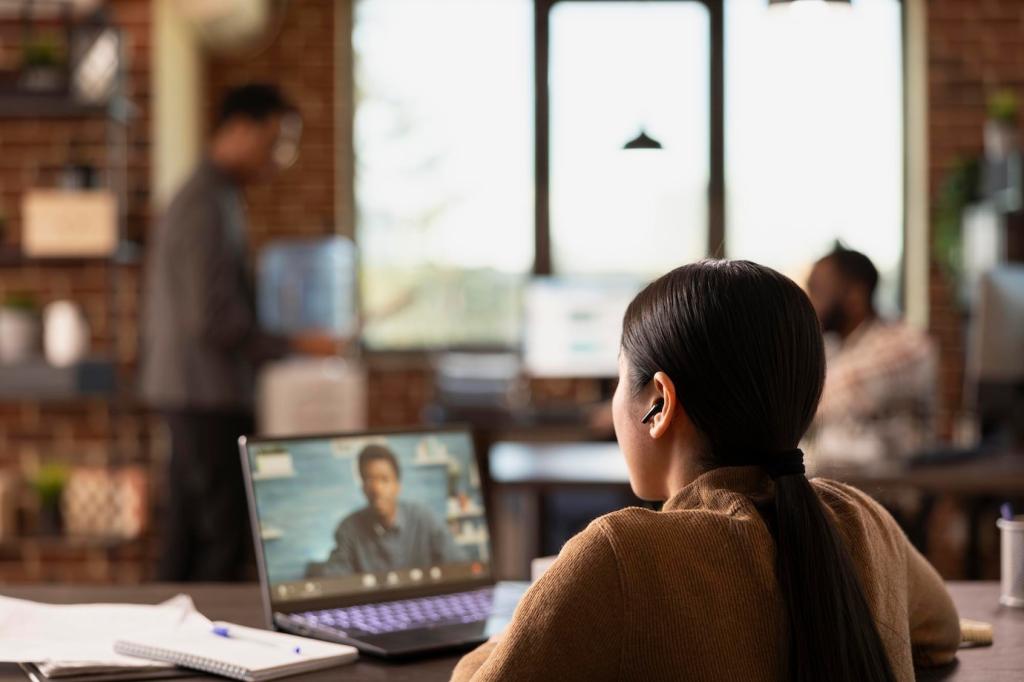
Asynchronous Activities for Distributed Teams
Create a persistent channel or board where teammates tag colleagues with specific appreciation. Ask for concrete behaviors and impacts. Over time, this becomes a living record of trust, contribution, and shared values across projects.

Rotating Spotlight Stories
Offer a voluntary, five-minute spotlight where someone shares a personal artifact—grandparent recipe, travel ticket, or handmade object. Keep it opt-in, provide prompts in advance, and celebrate diverse backgrounds without prying or tokenizing participants.
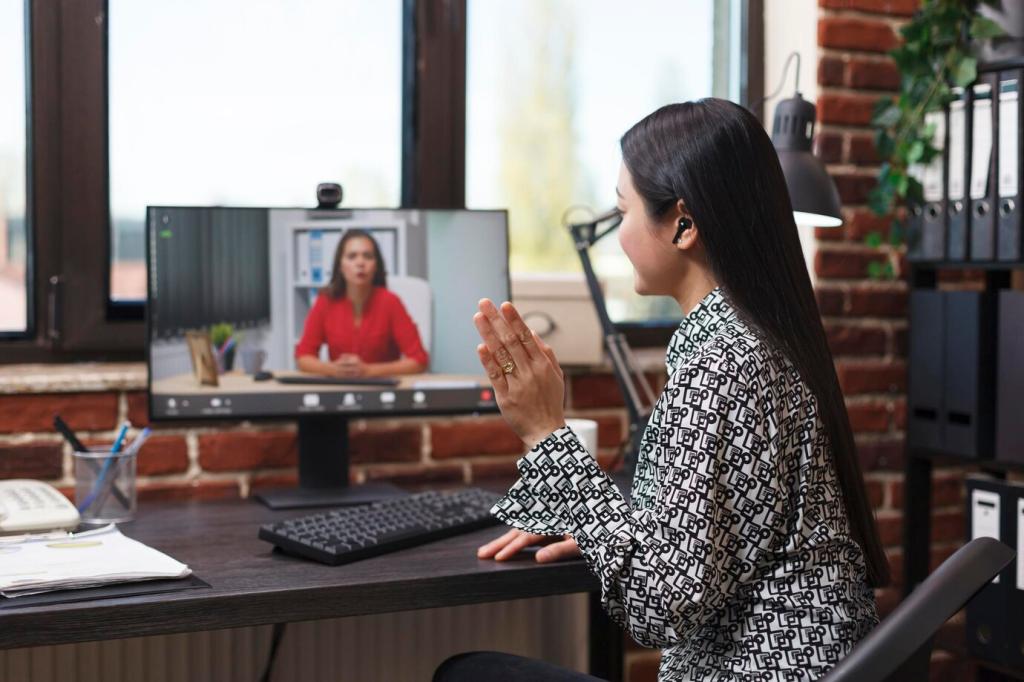
Pronoun and Working-Style Cards
Encourage profile cards listing pronouns, focus hours, and collaboration preferences. Clear signals reduce friction and prevent missteps. A simple, visible agreement supports belonging while enabling smoother teamwork across time zones.
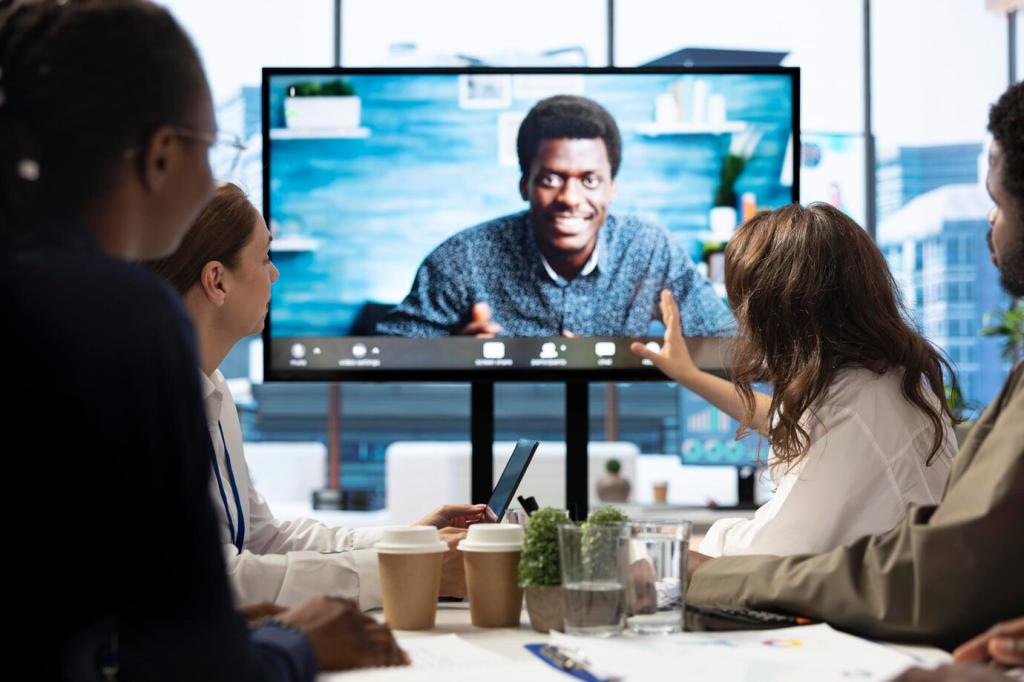
Meeting Time Equity
Rotate meeting times to distribute inconvenience fairly. Record sessions, provide summaries, and assign rotating facilitators. These actions communicate respect, make participation sustainable, and strengthen trust beyond any single activity or event.

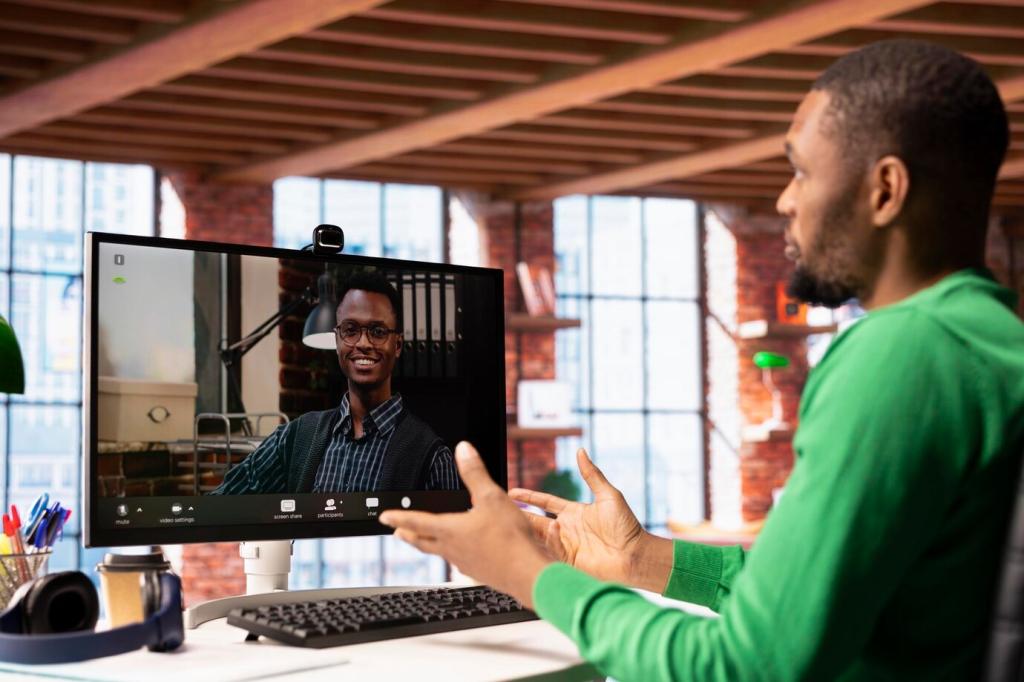
Wellbeing and Energy Boosters
Alternate twenty-minute focus sprints with two-minute guided stretches. Use gentle timers, optional cameras, and shared goals. This rhythm boosts productivity while signaling that bodies and brains matter during distributed collaboration.
Wellbeing and Energy Boosters
Begin with sixty seconds of breathing, then invite a quiet gratitude in chat. The ritual lowers stress, centers attention, and sets a compassionate tone that supports healthy teamwork and thoughtful dialogue.
Tools and Facilitation Tips That Multiply Impact
Invite cameras for connection, never require. Offer camera-optional alternatives like reactions or chat threads. Psychological safety grows when participation modes respect bandwidth, energy, and individual comfort levels.

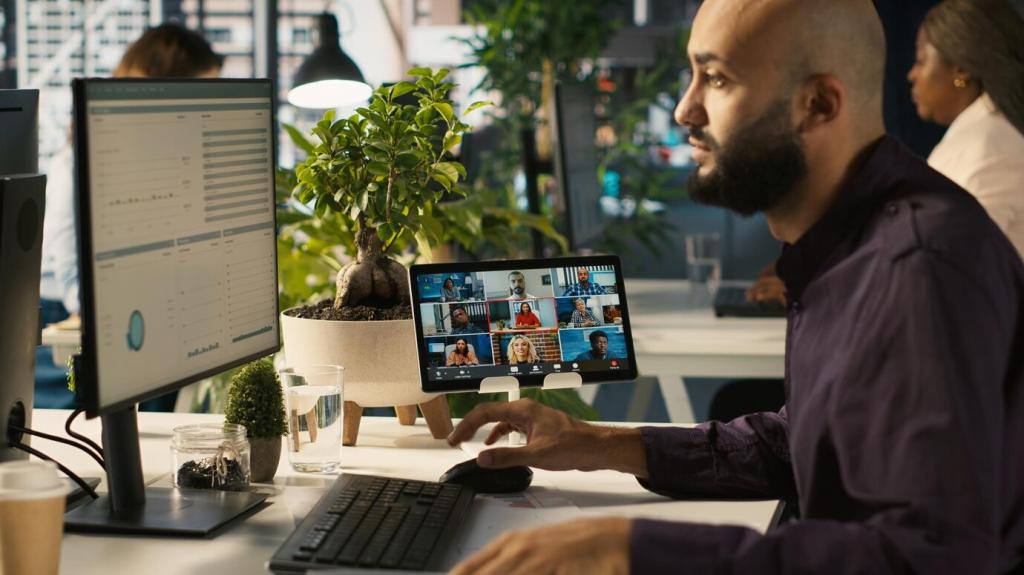

Measure Impact and Keep It Fresh
Send a two-question survey: energy level now versus before, and one suggestion. Short feedback loops reveal trends and help you retire activities that no longer resonate or feel engaging.
Measure Impact and Keep It Fresh
Track who speaks and who contributes in chat or boards. Look for patterns by team, region, and role. Use insights to adjust formats, prompts, and rotation so inclusion stays real.
